

Anthony Crawford
1990 Lamborghini Countach review
6 Days Ago
The Albanese Labor Government intends to fulfil election promises to introduce tariff and tax exemptions for EVs under the Luxury Car Tax threshold.

News Editor
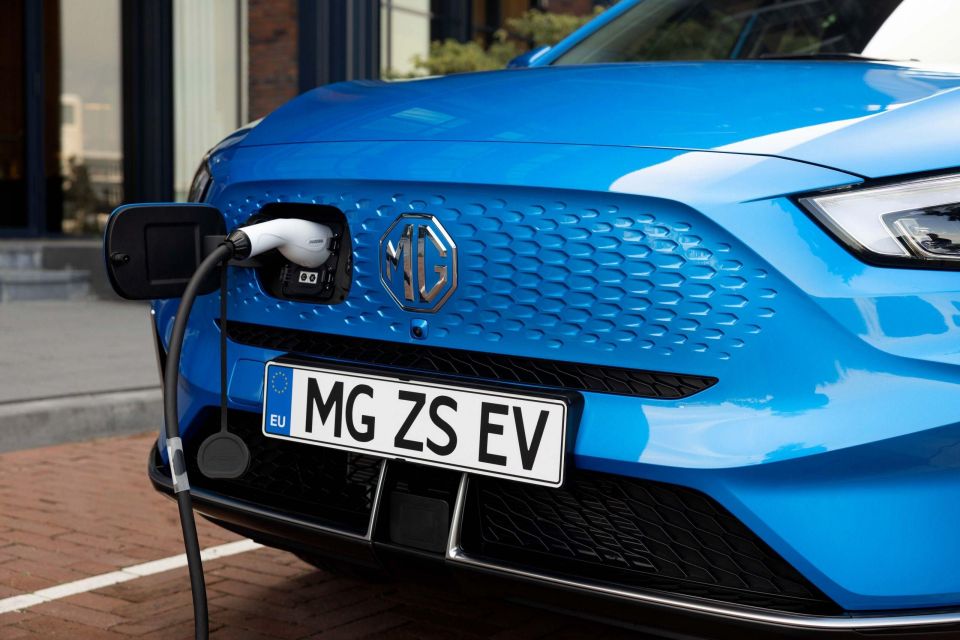

News Editor
The Australian Government intends to introduce new incentives for electric vehicles, including plug-in hybrids, fulfilling a promise made before the election.
Minister for Climate Change and Energy Chris Bowen confirmed in a speech to the National Press Club this week the Government will introduce legislation when Parliament resumes in late July that aims to make EVs more affordable.
Instead of straight subsidies, the so-called Electric Car Discount takes the form of tariff and fringe benefit tax exemptions which the Government intends to apply retroactively from July 1.
The Australian Government, however, hasn’t announced any plans to introduce a federal emissions standard despite calls from the industry to do just that. That’s left the Federal Chamber of Automotive Industries to establish a voluntary scheme, though it has no recourse to penalise automakers.
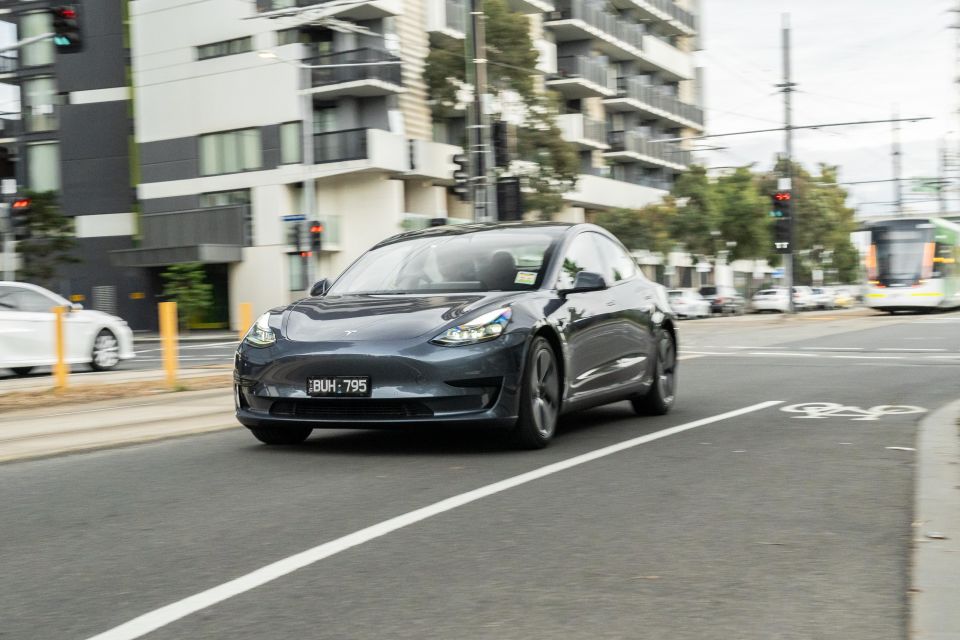
As promised before the election, EVs that sit below the Luxury Car Tax (LCT) threshold – now $84,916 for the 2022-23 financial year for fuel-efficient vehicles – will be exempt from the five per cent import tariff if affected.
Additionally, these same vehicles will be exempt from the 47 per cent fringe benefits tax if they’re provided through employment arrangements.
Labor’s National Electric Vehicle Strategy includes in its definition of EVs battery-electric vehicles, plug-in hybrids and hydrogen fuel-cell electric vehicles, though none of the lattermost are available under the LCT threshold.
“We promised to cut the tariffs and abolish fringe benefits tax on affordable EVs from 1 July this year and that’s exactly what we will do,” said Mr Bowen.
“Of course, the Parliament doesn’t sit until late July, and so we will ask the Tax Office to make the tax cut retrospective, in accordance with usual procedure.”
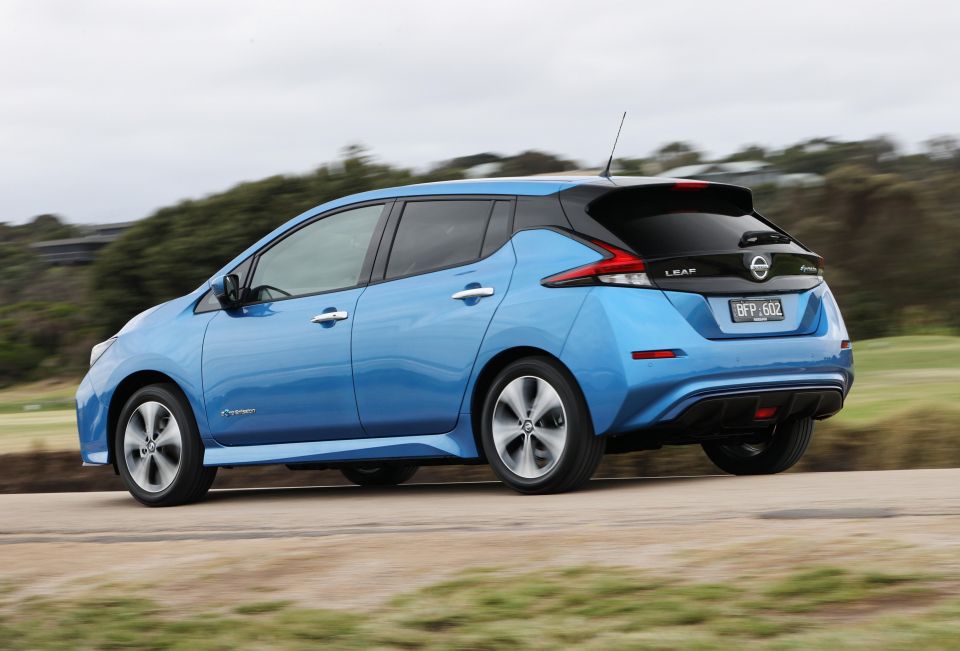
These incentives are in addition to the raising of the Luxury Car Tax (LCT) threshold for fuel-efficient vehicles, which has already come into effect.
From July 1, the threshold for fuel-efficient vehicles will be increased by 6.6 per cent to $84,916, while for all other vehicles it’s up by only 3.9 per cent to $71,849.
Per the Australian Tax Office’s (ATO) definition, a fuel-efficient vehicle is one with fuel consumption that doesn’t exceed 7.0L/100km on the combined cycle.
MORE: Luxury Car Tax thresholds increased, FCAI slams ‘poor tax’
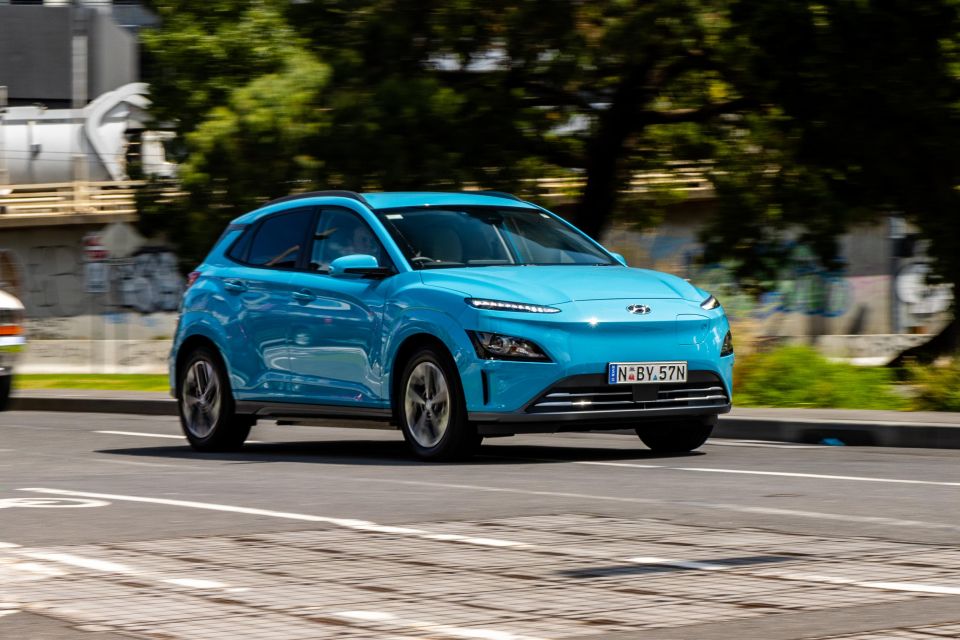
The Electric Vehicle Council has praised the new incentives, though it wants more to be done.
“We’re seeing especially the FBT exemption is a quite valuable incentive to encourage particularly more fleets and novated leases to go electric,” said Electric Vehicle Council of Australia CEO Behyad Jafari.
“I think it does quite a lot for the sector, of course it still leaves us with that ongoing challenge of getting more supply of vehicles and I think that’s the next big challenge that we’re discussing with the government now.
“What’s natural and falls in line with the promises they’ve already made is to put in place a very strong fuel efficiency standard in line with the zero by 2050. That means having one that is in line with the type of standards we see in the United States and in the EU.”

That echoes comments from companies like Volkswagen which have said they struggle to get supply of electric vehicles for Australia as the lack of a federal emissions standard, which could penalise companies for not selling enough low- or zero-emissions vehicles, pushes us down the priority list for vehicles.
The Albanese Labor Government hasn’t indicated it plans to introduce a federal emissions standard, nor has it signalled it plans to introduce direct subsidies.
The absence of the latter at the federal level has left the States and Territories to step up, with many offering direct subsidies for the purchase of new EVs.
MORE: What electric car buyer incentives are offered across Australia?
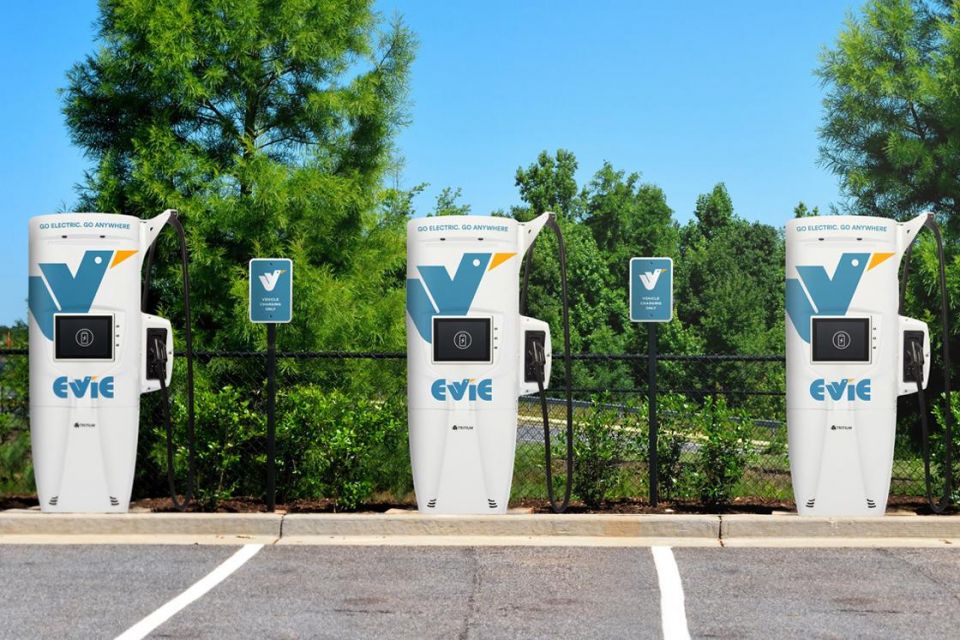
The Labor opposition announced last year a $251 million National Electric Vehicle Strategy, which included the tariff and tax exemptions plus investments in charging infrastructure, and a goal to “create an environment for 3.8 million EVs on the road by 2030”.
The recently elected Albanese Labor Government intends to follow through not only on the election promises of tariff and tax exemptions, but also other promises around electric vehicles.
That includes implementing the $500 million Driving the Nation plan, with an EV fast charger every 150km on Australia’s highway network.
A Hydrogen Highways refuelling network is also planned to deliver hydrogen refuelling stations along Australia’s busiest freight routes to support hydrogen fuel cell trucks.
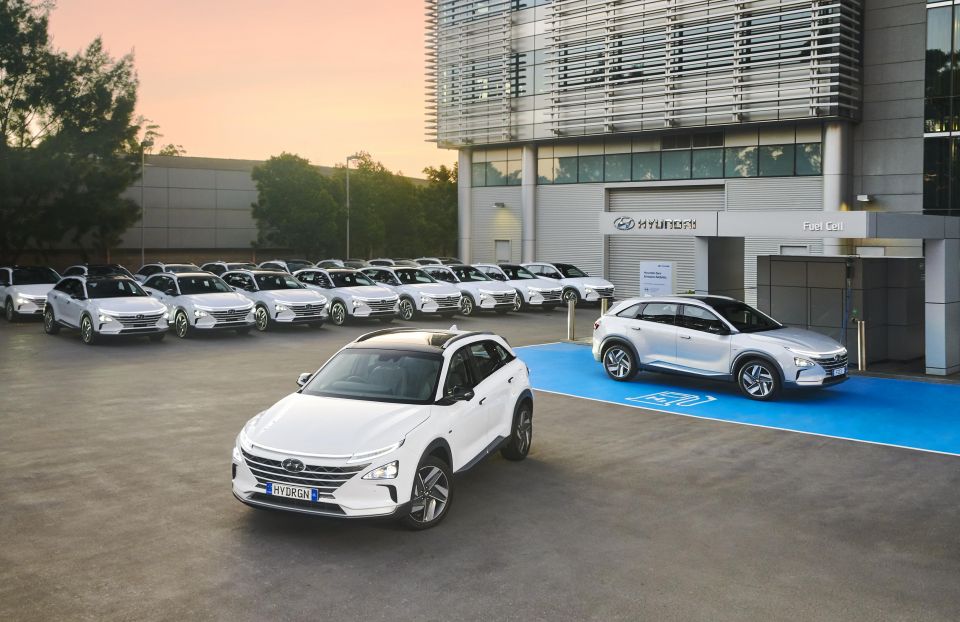
The Government also intends to gradually convert the Commonwealth fleet to zero-emissions vehicles with a target of 75 per cent of new passenger vehicle leases and purchases by 2025. The fleet currently consists of just 0.1 per cent EVs.
Last year, the Labor opposition also announced plans to roll out charging infrastructure in over 100,000 businesses and 3.8 million households, with 1800 new public access fast charging stations by an unspecified date.
Mr Bowen says he’ll also introduce in the first week of Parliament the Albanese Government’s Climate Change Bill.
This includes a 43 per cent emissions reduction target by 2030 and net zero emissions by 2050.
The Government intends for the Climate Change Authority to publish progress results for these targets, with the Minister for Climate Change intended to report annually to Parliament about said progress.
William Stopford is an automotive journalist based in Brisbane, Australia. William is a Business/Journalism graduate from the Queensland University of Technology who loves to travel, briefly lived in the US, and has a particular interest in the American car industry.


Anthony Crawford
6 Days Ago


Matt Campbell
5 Days Ago


James Wong
4 Days Ago


Max Davies
2 Days Ago


Josh Nevett
2 Days Ago


Josh Nevett
22 Hours Ago